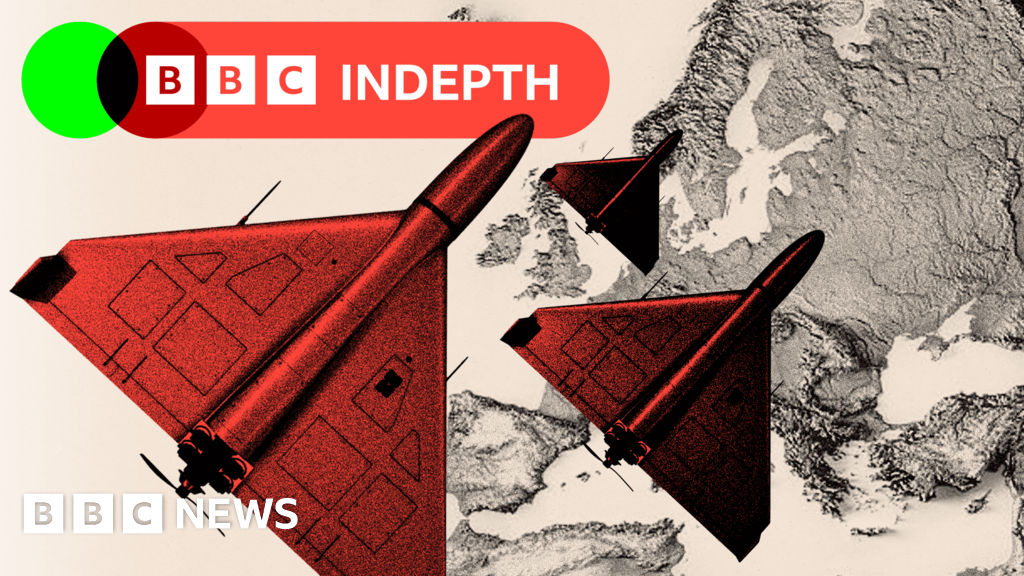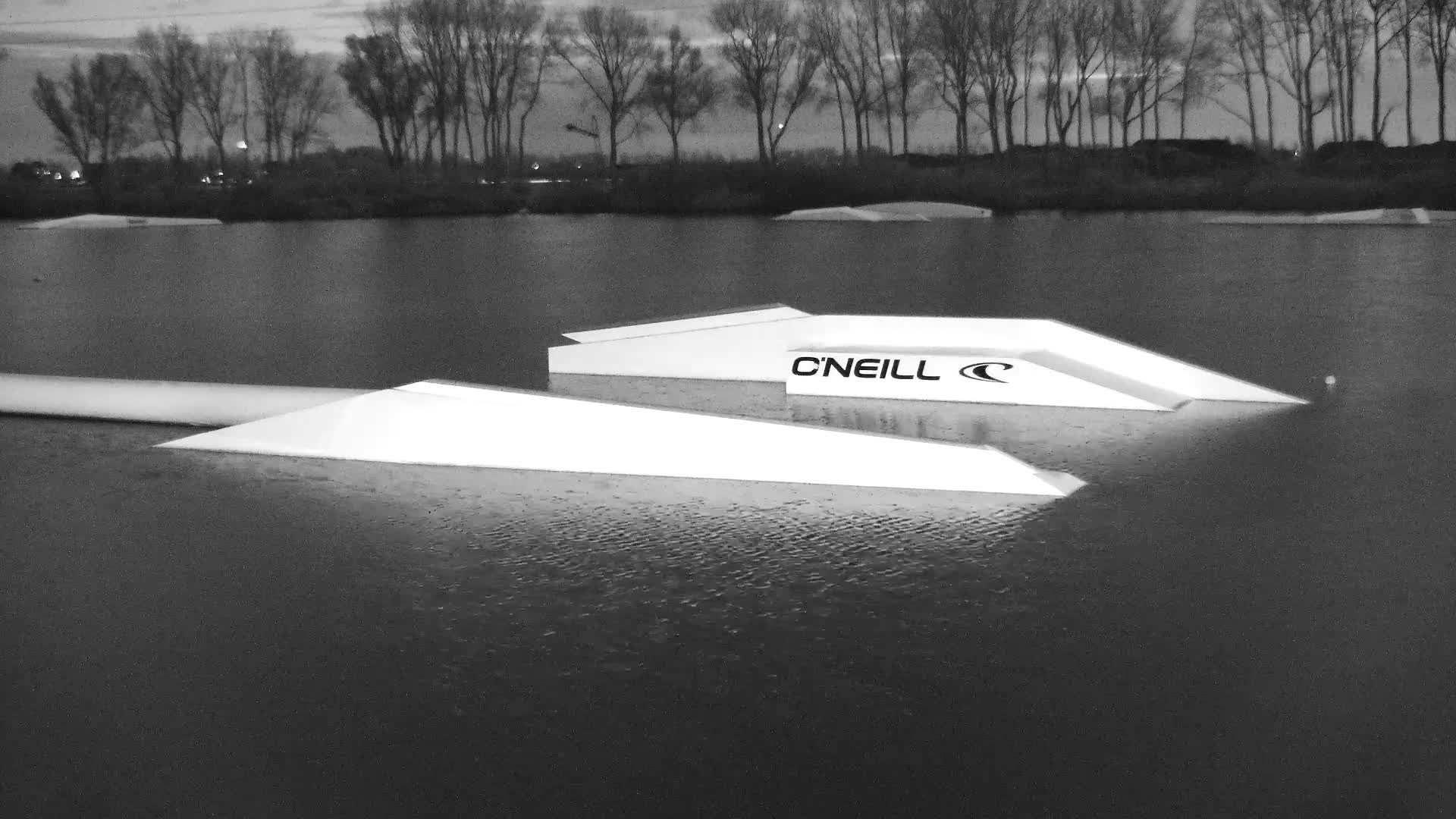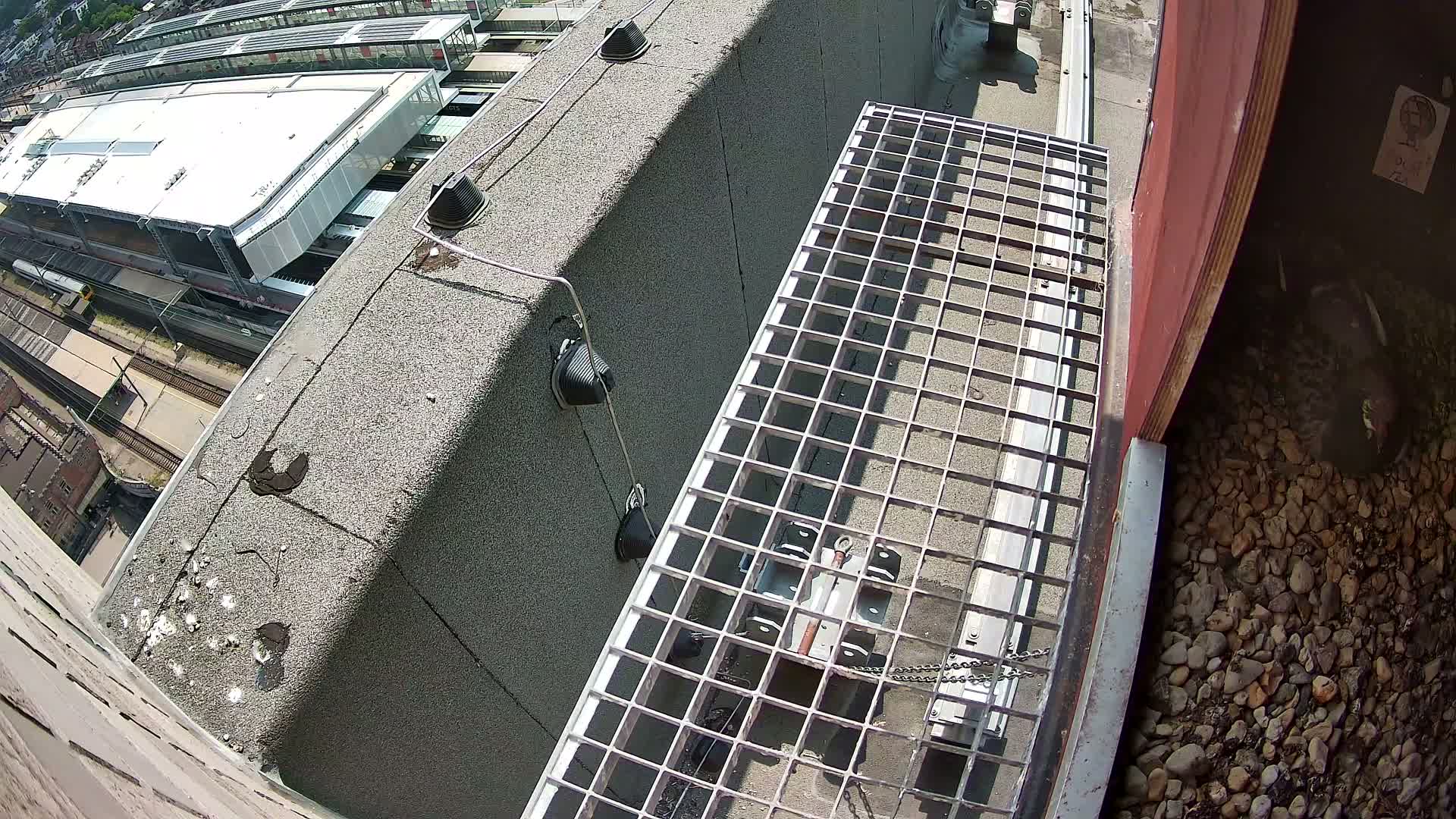Europe's Drone Threat: Mysterious Sightings, Russian Hybrid Warfare & The Push for a Defensive 'Drone Wall'
 Belgium
International Security
Belgium
International Security

Europe faces increasing drone threats, from Russian incursions to mysterious airport sightings. Discussions grow for a 'drone wall' to bolster defenses against
The chilling reality of nighttime in Ukrainian cities like Kyiv paints a stark picture: the blare of air raid sirens, the ominous hum of incoming Russian drones, followed by anti-aircraft fire and explosions. These are attack drones, weaponized for destruction, now a grim constant of modern warfare. Yet, far beyond Ukraine's embattled front lines, a different, equally unsettling drone phenomenon has emerged across Western Europe, prompting deep concern among NATO members.
Mysterious Sightings Spark European Alarm
Unarmed drones have been reported buzzing around critical infrastructure – airports, military bases, and power plants – across countries like Belgium, Denmark, Poland, Norway, Sweden, Germany, and Lithuania. These aren't the easily identifiable attack drones seen in Ukraine; rather, they are anonymous, often appearing under the cover of darkness, raising suspicions of a calculated "hybrid warfare" campaign orchestrated by Russia. The Kremlin consistently denies involvement, but Western intelligence officials suspect Moscow is deploying proxies for localized disruptions and surveillance.
A particularly concerning incident occurred on September 9th when approximately 20 Russian drones, initially targeting Ukraine, overshot and entered Polish airspace. This forced the closure of four airports and triggered a scramble of NATO jets, marking a significant breach of NATO airspace and a stark "wake-up call" for Europe. The incident underscores the urgency of bolstering continental air defenses.
Belgium: A Key Target in the Shadow War
Belgium, home to NATO headquarters, the European Union, and Euroclear – a financial clearing house handling trillions in international transactions – has become a notable focal point for these mysterious drone activities. Recent sightings near Brussels and Liege airports, as well as a military base, have coincided with ongoing debates about releasing €200bn in frozen Russian assets held in Belgium to aid Ukraine. The UK has even dispatched counter-drone specialists from the RAF Regiment to assist Belgium in fortifying its defenses. The primary concerns associated with these unidentified drones include potential collision risks with aircraft during takeoff and landing, and the insidious threat of surveillance, particularly around sensitive military and energy sites.
The "Drone Wall" Concept: Europe's Proposed Solution
In response to these escalating cross-border incursions, Europe is seriously contemplating the creation of a "drone wall." Envisioned as an integrated, coordinated, multi-layered defense system, it would initially span from the Baltic states to the Black Sea. This ambitious project aims to combine radars, sensors, jamming technology, and various weapons systems to detect, track, and ultimately neutralize incoming drones. Kaja Kallas, the EU foreign policy chief, has indicated a target operational date of late 2027 for a new anti-drone system.
Nations geographically closest to Russia, such as Poland and Finland, are naturally the most vocal proponents for its rapid deployment. Katja Bego, a senior research fellow at Chatham House, emphasizes the necessity of this initiative, stressing it's not solely about drones but also about addressing existing deficiencies in traditional missile and air defense along Europe's Eastern flank.
Challenges and Realities of a Drone Defense System
However, the concept of an "impervious wall" faces significant skepticism. Robert Tollast of The Royal United Services Institute (RUSI) deems such an absolute defense unrealistic. Experts acknowledge that a completely impenetrable barrier is unattainable given the vast distances and the current limitations of technology. Instead, the goal is to develop a multifaceted system capable of mitigating diverse drone threats.
Fabian Hinz from The International Institute for Strategic Studies outlines a range of detection methods, including acoustic, airborne, ground-based radars, and optical/infrared systems. Once detected, responses can involve "soft kill" measures (electronic jamming to disable the drone) or "hard kill" methods (physical destruction via gunfire, missiles, or even advanced lasers, though the latter are not yet the "wonder weapon" often imagined). André Rogaczewski of Netcompany advocates for jamming as an effective alternative.
The effectiveness of any drone wall hinges on its ability to confront a wide array of aerial threats, potentially arriving simultaneously. This initiative is part of a broader response to Russia's "hybrid" or "grey zone" warfare, which encompasses cyberattacks, disinformation, sabotage, and surveillance – tactics Moscow consistently denies but which continue to fuel European anxieties amidst the ongoing war in Ukraine.





